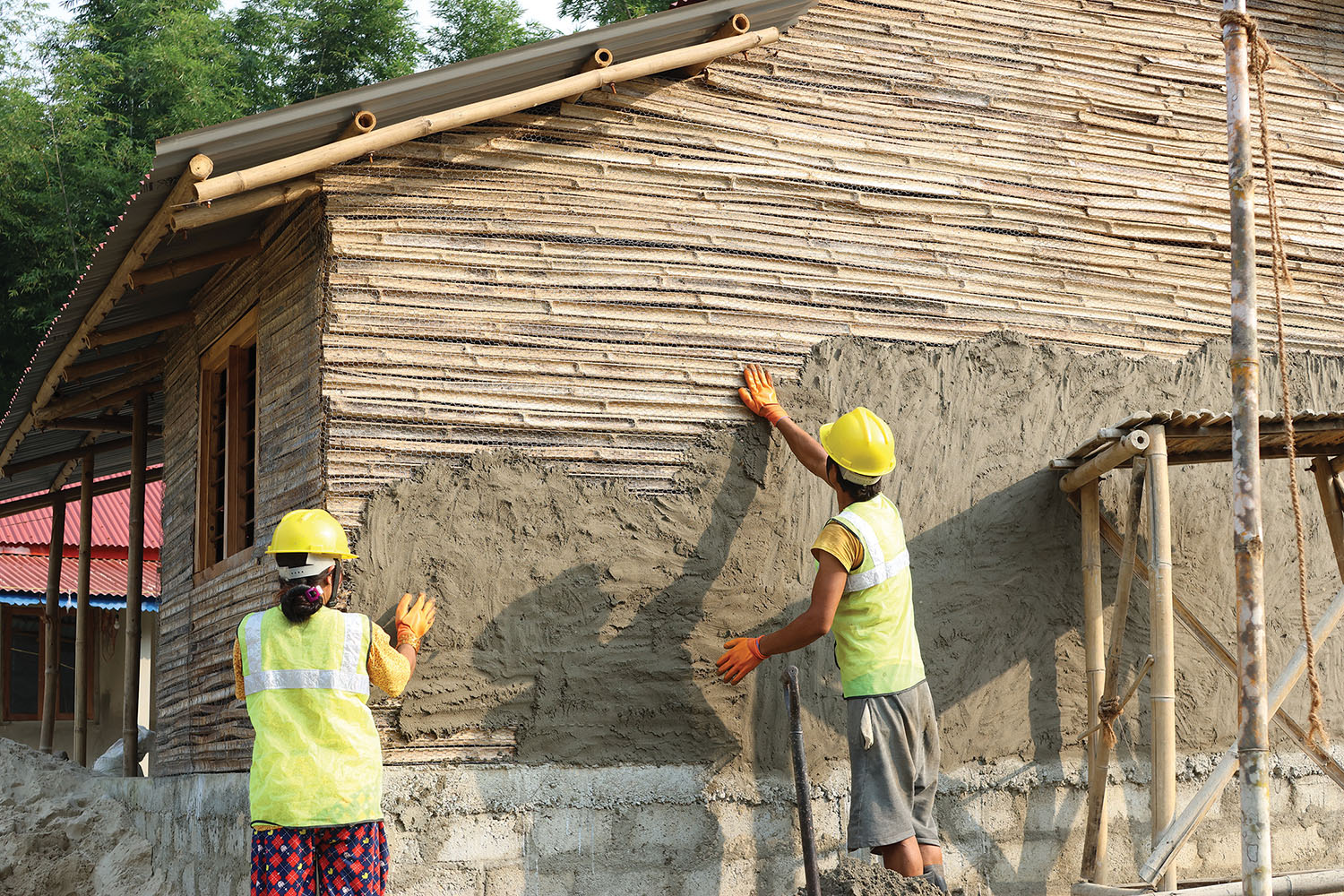Urban portraits: Kuala Lumpur
November 5, 2017
Kuala Lumpur (KL) began as a little town and started to expand in 1875, in both physical size and population, due to the economic boom and the immigration of foreign workers, especially from China. As of 2016, 7.2 million lived in the Greater KL, or the Klang Valley, of which 1.73 million lived in the KL city core that covers an area of 243 square kilometres, giving it a high population density of inhabitants per square kilometre.
KL’s heterogeneous populace includes the country’s three major ethnic groups: the Malays (46 per cent), the Chinese (43 per cent) and the Indians (10 per cent). This cultural and ethnic diversity is also reflected in the diversity of urban forms. KL’s vibrant multi-ethnic and multicultural society has provided the stimulus to guide urban design initiatives to create a distinct city identity, which has enabled people to identify more closely with the city and one another, thus fostering a sense of community and social harmony.
Open space development of KL started in the late
During the economic boom of the 1970s and 1980s, the development of open spaces was geared towardsproviding social facilities to enhance national unity and provide a better living environment in the KL city. Inline with the aspiration to use the country’s green heritage to provide recreationand promote tourism, manyparks and new open spaces have been developed within the KL urban centre over the past six decades. Squares and plazas have become a part of public, institutional, administrative, as well as religious and cultural buildings. Street markets have been developed as urban public spaces that act as social, informal commercial and cultural areas, and contribute to the sense of place of the KL city. Pedestrian marketplaces and sidewalks are examples of some of the attempts that have been carried out to resolve the conflict between vehicles and pedestrians in KL.
Recently, incidental spaces such as pocket parks have either been introduced or revitalised to weave the urban fabric and provide breathing spaces in the city. Pocket parks are passive in nature while others such as plazas and street markets are more dynamic and mark major nodal activity areas where there is a confluence of people. Places where informal cultural performances can take place
Generally, the evolution of open spaces in KL bears some parallel to the ideas and implementation of open spaces in other civilisations and societies around the world, being the product of
They are formed by confining buildings, technical facilities and greeneries, which also determine their spatial arrangement. Together, these open spaces are important in providing identity, structure and landscape amenity to the city. They are, therefore, the central components in KL image formation and the various types should remain as the city infrastructure.
The most important role of public open spaces that range from a single street to an urban park is to strike a balance between cultural and social needs in the city. Since the inner areas in KL city are mostly places where people are involved in the hustle and bustle of activities, the need for enhancing social interaction is most noticeable in the congested urban areas. Open spaces and green areas are important parts of outdoor experience and enjoyment of the city inhabitants. Additionally, public open spaces allow the city inhabitants to read and experience the city’s environment with ease. They permit the users to orientate themselves and hence, find their way around in the city.
The rapid development of KL, however, has left a city that is, in many respects, disjointed and lacking in visual and physical coherence. Consequently, there has been a decrease in the legibility of the city structure together with a certain loss of historical continuum and sense of identity. One of the major deficiencies is the lack of pedestrian linkages. Although there has been a gradual improvement in the provision of pedestrian linkages in newer buildings, the shortcomings of earlier development remain. Not many older buildings (except colonial shophouses) provide pedestrians with proper protection from the sun and rain.
In summary, public urban open spaces in KL can be categorised into five typologies based on their physical elements and function, namely: 1) recreational public parks; 2) civic open spaces—padang, square and plaza; 3) street markets; 4) sidewalks; and 5) small incidental and leftover spaces—pocket parks and spaces under flyovers. In the following pages, some examples of urban open spaces that have strong heritage values, are authentic and with local spirit, are highlighted.
Civic Spaces:
Dataran Merdeka (or Merdeka Square)
Square of Masjid Jamek
Medan Pasar (formerly known as Old Market Square)
Small Spaces:
Spaces Under Flyovers: Flyover of Penchala Link at Jalan Sungai Penchala
Pocket Parks: Laman Standard Chartered KL
Parks:
Perdana Botanical Garden (formerly known as Perdana Lake Garden)
Street Markets:
Flea Market at Petaling Street
Sidewalks:
Along Jalan Tuanku Abdul Rahman
To read the complete article, get a copy of the Nov-Dec 2018 edition at our online shop or at newsstands/major bookstores;subscribe to FuturArc; or download the FuturArc App!
To read the complete article, get your hardcopy at our online shop/newsstands/major bookstores; subscribe to FuturArc or download the FuturArc App to read the issues.
Previously Published Main Feature
Contact us at https://www.futurarc.com/contact-us for older commentaries.



